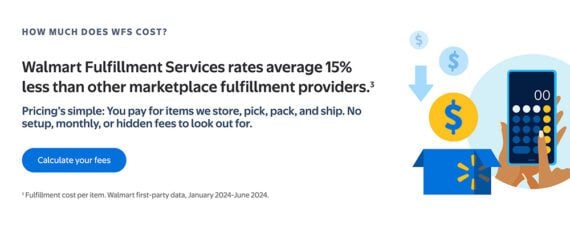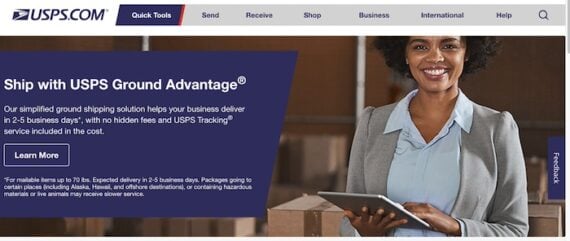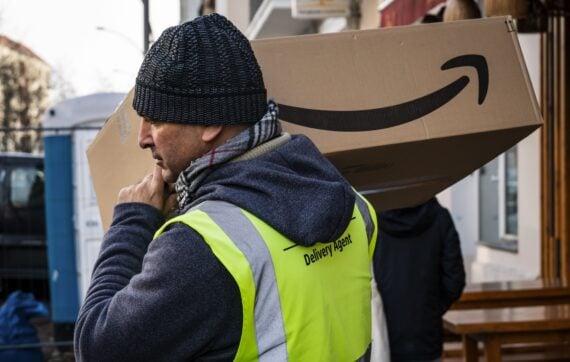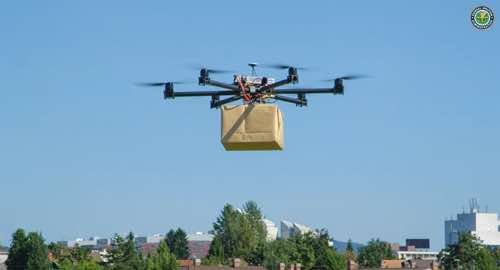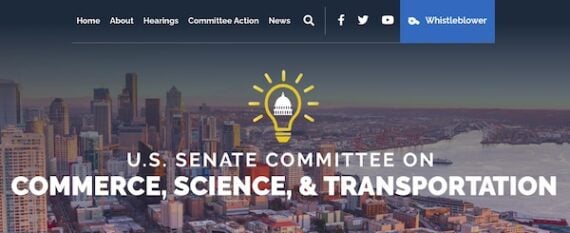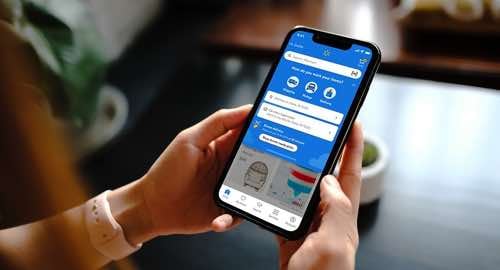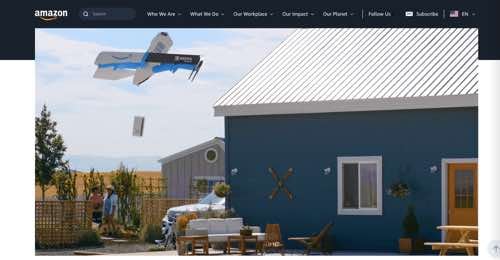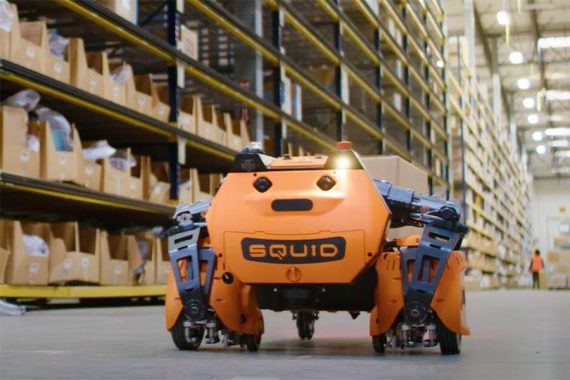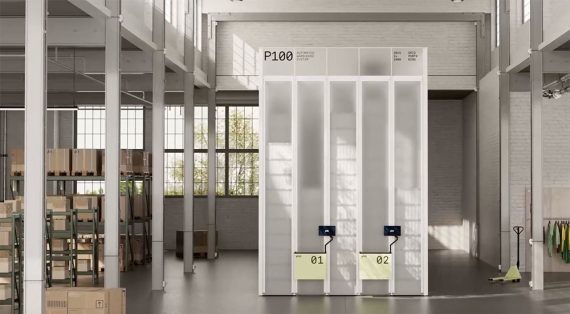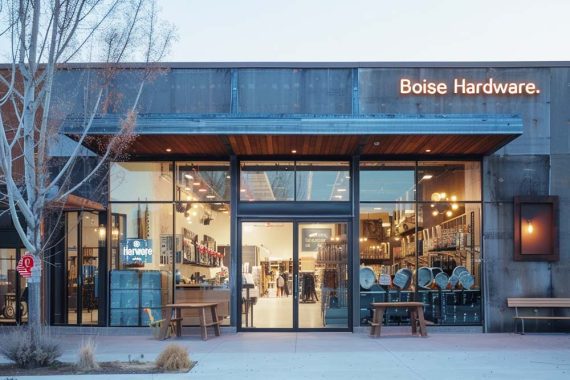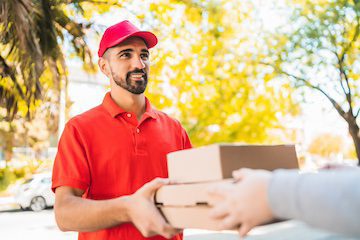Fulfillment Compared: Amazon, Walmart, Shopify
Ecommerce operators tired of picking, packing, and posting parcels can turn to massive marketplaces and the leading ecommerce platform for help.
For years, Fulfillment by Amazon, Walmart Fulfillment Services, and the Shopify Fulfillment Network have helped sellers store inventory, ship orders, and even manage returns.
The services share a common purpose of providing ecommerce order fulfillment but differ in structure, at least a little. Understanding those differences starts with a closer look at how each network works.
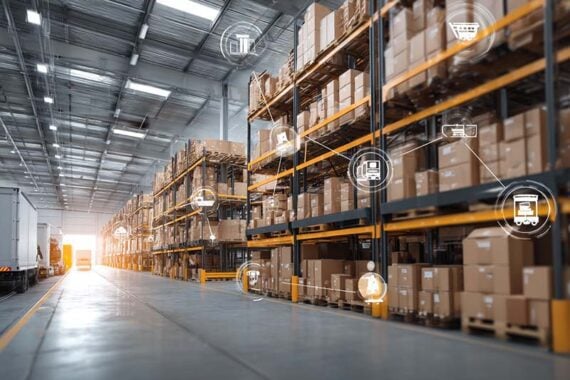
FBA, SFN, and WFS aim to make ecommerce fulfillment fast and easy.
Fulfillment by Amazon
Launched in 2006, FBA is the most recognized third-party fulfillment option on this list owing to its close association with the company’s marketplace.
FBA’s most important feature may be exposure. Items sold on the Amazon Marketplace and fulfilled through FBA display the Prime badge on Amazon.com. The badge is important because about 75% of U.S. Amazon shoppers are Prime members and likely filter for Prime-eligible products.
Using FBA begins in Seller Central. Merchants prep inventory to Amazon’s specifications and ship it to designated warehouses. Amazon distributes stock across its network and automatically routes orders.
When customers make a purchase, Amazon employees pick, pack, and ship the order, which is often delivered within one to two days. Amazon also processes returns, with refunds issued directly to the customer.
FBA also offers Multi-Channel Fulfillment (MCF), which allows retailers to sell on platforms such as eBay or their own webstores and have FBA deliver the orders for a fee.
When combined with the “Pay with Prime” checkout service, MCF shipments enjoy the same ultra-fast deliveries.
Walmart Fulfillment Services
Walmart launched its FBA competitor, Walmart Fulfillment Services, in 2020 at the height of Covid. The timing was coincidental as the retail giant had planned the start, but the pandemic-induced ecommerce surge that followed might have helped get things rolling.
Functionally, WFS operates similarly to FBA. Sellers apply through Walmart’s Seller Center. Once approved, those merchants send inventory to WFS warehouses. Walmart’s system routes orders automatically.
There is even a “Fulfilled by Walmart” badge with a two-day delivery promise for Walmart Marketplace items.
Two WFS differences stand out relative to FBA: returns and price. Orders placed on the Walmart Marketplace and fulfilled with WFS are returnable to nearly any of Walmart’s physical locations, offering a level of customer convenience.
And WFS claims to be approximately 15% less expensive than FBA despite having a higher base rate, the apparent difference coming from additional fees for setup, storage, size, and similar.
WFS is primarily for Walmart Marketplace sellers, but in September 2024, WFS began its own multichannel fulfillment service similar to Amazon’s MCF. Thus sellers can use WFS in combination with an internet store or other ecommerce channels.
| Fee Type | WFS | FBA |
|---|---|---|
| Fulfillment | Starts at $3.45 per unit | ~$3.22–$4.47 (Small Standard-Size); higher with weight tiers |
| Storage | $0.75 cu ft per mo, +$1.50 if > 30 days | $0.78 (Jan–Sep); $2.40 (Oct–Dec) |
| Long-term Storage | Applies after 12 months | Applies after 365 days (e.g., $1.50+ cu ft) |
| Referrals | 5–15% | 8–45% |
| Optional Charges | Prep, removal, disposal available; no setup fee | Prep, removal, long-term storage, subscription |
| Subscription | None | Individual or Pro plan: $0.99/item or $39.99/mo |
| Promotions/Discounts | New seller discounts available | Occasional fee waivers (e.g., inbound placement changes) |
| Multichannel | Yes, nascent | Yes, established |
Shopify Fulfillment Network
Essentially an app, Shopify Fulfillment Network makes it relatively easy for merchants to process Shopify orders through third-party fulfillment services.
Sellers enable the SFN app in Shopify’s admin, connect catalogs, and send inventory to partner warehouses. Orders from Shopify and other connected channels flow into the system, which routes shipments to the closest node. Fulfillment partners store inventory and manage returns.
Perhaps the key difference between SFN and FBA or WFS is control. A Shopify store owns its own brand and customer relationships.
In contrast, FBA and WFS customers may have purchased directly from Amazon or Walmart, and they will most certainly recognize the brands’ packaging when the orders arrive.
SFN has an eventful history. Shopify launched the service in 2019 with a $1 billion investment. In 2022, it acquired Deliverr for $2 billion, only to eventually sell it to Flexport, which became the default in-app service.
Since the sale, Shopify sellers using SFN can work with several leading fulfillment providers, including ShipBob, Shipfusion, ShipMonk, DHL Fulfillment, and Amazon MCF.
Merchants can utilize custom packaging with the SFN, manage multiple channels from a single dashboard, and display Shopify’s Shop Promise badge with two- to three-day deliveries.
3 Models
FBA, WFS, and SFN all offer comprehensive ecommerce fulfillment, and in at least a few ways are interchangeable.
- FBA is marketplace-driven, built around Prime and speed, and works well for multichannel sellers. If a shop sells on the Amazon Marketplace, FBA is seemingly mandatory.
- WFS leverages its retail network, with the advantage of in-store returns.
- SFN is platform-driven, giving independent brands control over customer experience and multichannel inventory.
| – | WFS | FBA | SFN |
|---|---|---|---|
| Delivery | 2 days | Same day to 2 days | 2 or more days |
| Packaging | Walmart standard | Amazon standard | May be custom |
| Fee structure | Complex | More complex | Varied |
| Returns | Walmart managed, plus in-store | Amazon managed | 3PL managed |
The services are not mutually exclusive. A single store can utilize FBA and WFS for its respective marketplace channels, while employing SFN for orders via Shopify and its TikTok shop.
The takeaway? There are many excellent options for ecommerce order fulfillment.

